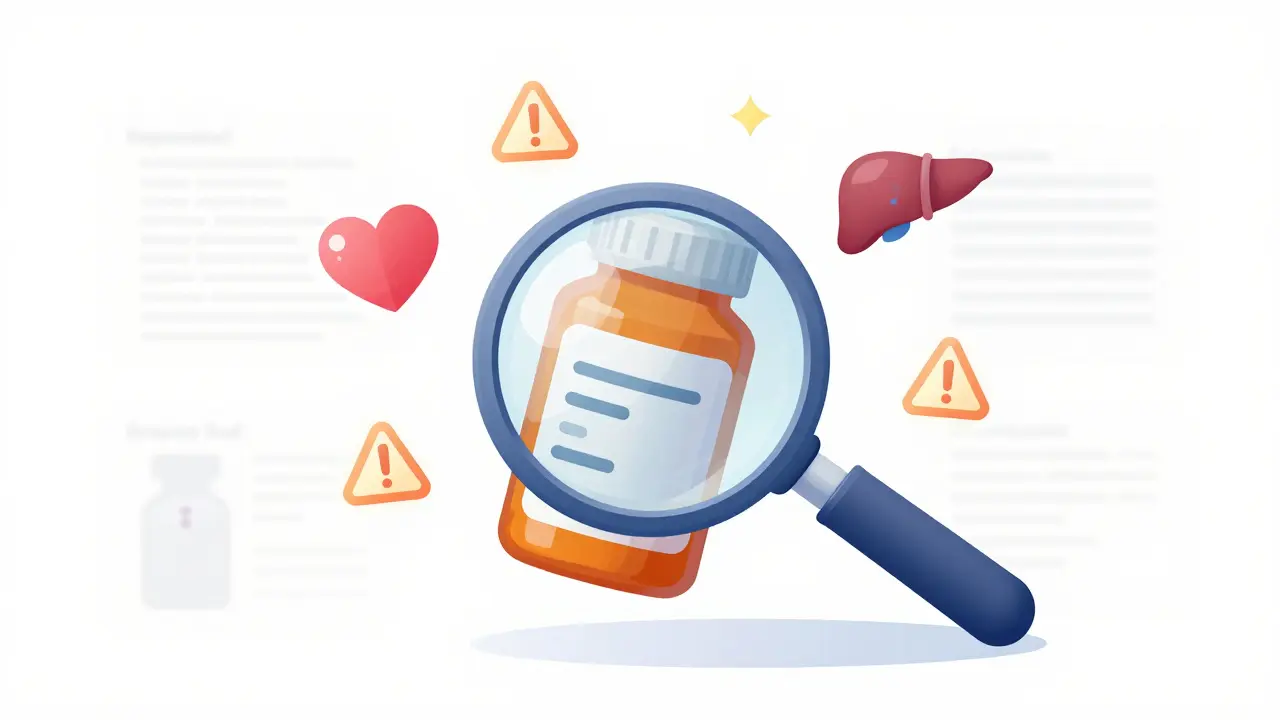May 2024: What we published about Clindamycin and Syphilis
In May 2024 we published a focused piece exploring whether clindamycin has a role in treating syphilis. The article reviews current evidence, practical tips for patients, and what clinicians should watch for. If you’re wondering whether clindamycin is a good option for syphilis, this summary gives you the main points without medical jargon.
What the article found — short and practical
Penicillin remains the gold standard for treating syphilis. Our post looked at clindamycin as a possible alternative in rare situations — mainly when usual choices aren’t possible. The evidence is limited: most support comes from small case reports and a few clinical observations, not large trials. That means clindamycin might work in specific, carefully selected cases, but it’s not a routine replacement for standard therapy.
We highlighted key concerns: clindamycin can cause significant gut upset and increases the risk of Clostridioides difficile infection. For sexually transmitted infections, follow-up testing (like RPR or VDRL) at 3, 6, and 12 months is still essential after any treatment to make sure the infection is clearing.
Key takeaways for patients
Have a penicillin allergy? Ask about allergy testing and penicillin desensitization — especially if you’re pregnant. Desensitization is often recommended because penicillin works best in pregnancy and prevents transmission to the baby. If you and your clinician consider an alternative like clindamycin, confirm why it’s chosen, how long you’ll take it, and what follow-up tests are planned.
Watch for side effects: diarrhea, abdominal pain, or new fever after starting antibiotics could be signs of C. difficile and need urgent care. Finish your prescribed course and keep all follow-up blood tests. If symptoms return or don’t improve, contact your provider right away.
For sexual partners: notify recent partners so they can be tested and treated if necessary. That step helps stop reinfection and protects others.
We aimed for clarity and safety in the original post. It doesn’t promote off-label use without supervision — it weighs limited evidence and points to safer, established options.
If you missed the full article on EmpowerPharmacy.com, it goes into more detail on reported dosing patterns, monitoring recommendations, and why larger studies are needed. The short version: clindamycin is sometimes considered when options are very limited, but it’s not first-line and carries real risks. Talk with a clinician who knows STI management before switching treatments.






